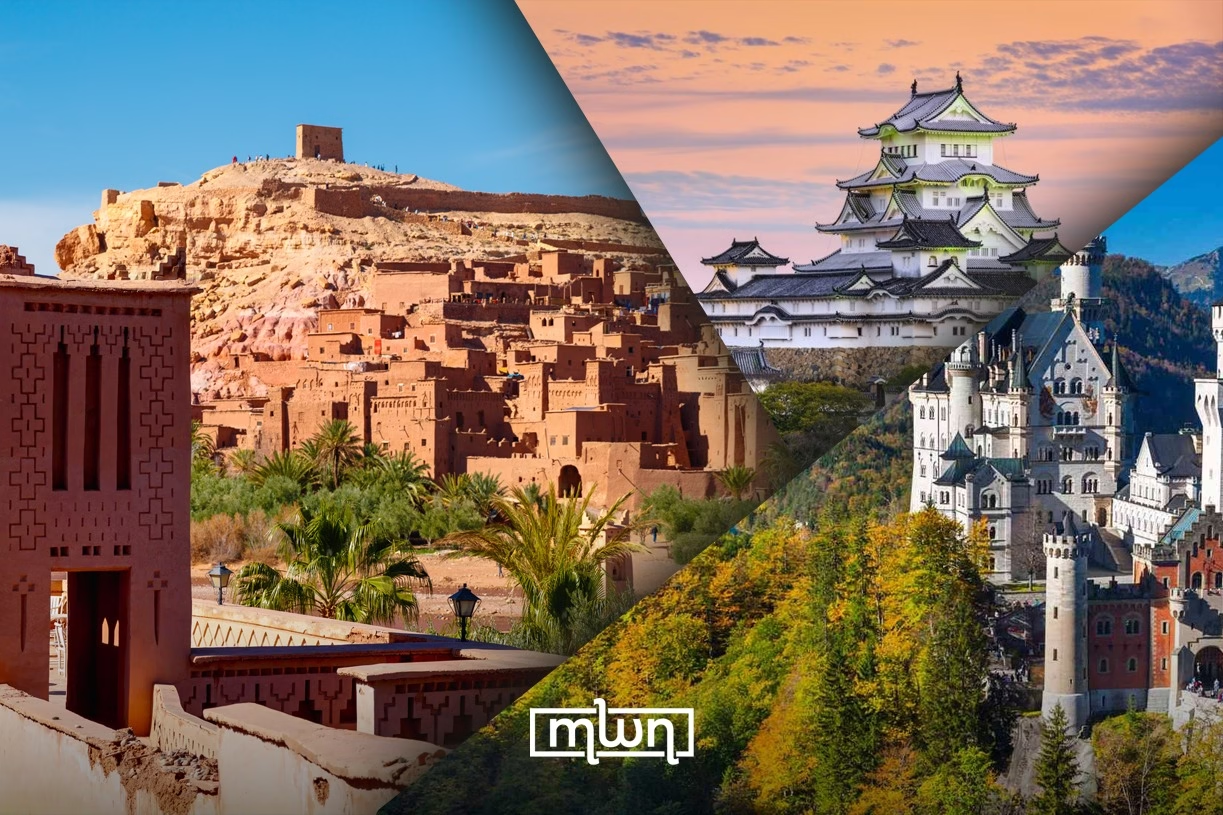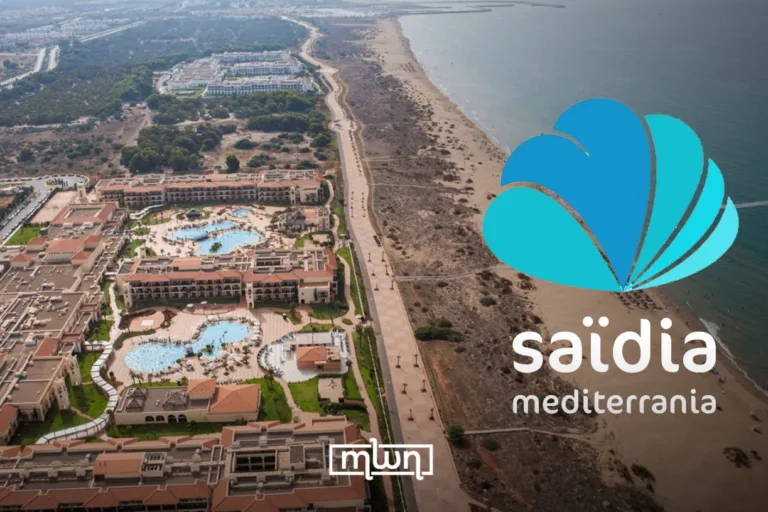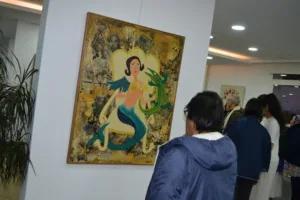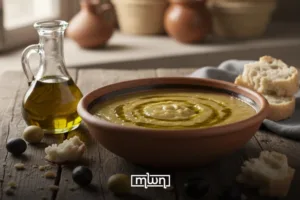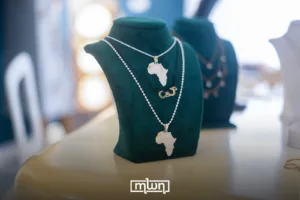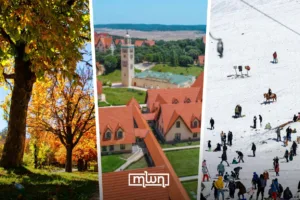Across continents and centuries, castles continue to captivate with their stories, architecture, and enduring presence.
Fez – What do castles mean to us today? Once built to protect and project power, these historic fortresses are now windows into the past, blending architecture, politics, and legend.
Across continents and centuries, they stand as reminders of how humans sought permanence, whether through military strength, royal extravagance, or sheer visual poetry.
And listed among the world’s finest – within an exclusive list of 21 places as endorsed by CNN Travel – Morocco’s own Ksar of Aït Ben Haddou takes its rightful place.
These structures offer more than just imposing walls or romantic silhouettes. They were built to be both homes and strongholds, serving a dual purpose that has long fascinated historians and travelers alike.
Marc Morris, a British medievalist, writes in CNN Travel that castles are unique in their combination of comfort and defense, a paradox resolved through ingenious design.
And castles are everywhere, not just Europe. Japan, Mexico, India, and Morocco all boast distinctive examples.
Some rise from forests, others cling to cliffs. Some are carved from stone; others, like Aït Ben Haddou, from mud and earth, blending seamlessly into their landscape. But all of them tell stories about ambition, survival, betrayal, art, and empire.
Consider Japan’s Himeji Castle, nicknamed the White Heron. A vision of elegance, it embodies the perfection of feudal Japanese architecture.
Or Neuschwanstein in Germany, which looks more like the dream of a poet than the commission of a king, and yet it was King Ludwig II’s operatic imagination that birthed its iconic spires.
In Portugal, the Pena Palace explodes with color and theatrical flair, mixing Gothic, Moorish, and Renaissance influences on a hill above Sintra.
Meanwhile, India’s Amber Fortress uses light and geometry to dazzle the eye, a stone choreography above Jaipur.
Morocco’s earthen treasure
Let’s talk about Aït Ben Haddou. Unlike many European castles, this Moroccan kasbah (fortress) is still alive. Located along the Asif Ounila River at the edge of the Sahara, it’s a community of earthen dwellings fortified by high walls and watchtowers.
Some families still live there, within its lower town. The hilltop citadel, partially in ruins, once gave strategic control to caravans traveling between Marrakech and Sudan.
It’s a product of Amazigh ingenuity, designed not for luxury but endurance, though its beauty is undeniable.
Aït Ben Haddou’s global fame was sealed through film. It’s iconic architecture has appeared in productions ranging from “Gladiator” to “Game of Thrones.”
Yet, the real drama lies in its survival: of time, climate, and now tourism. Unlike many castles turned into museums or relics, it is still partly inhabited, still breathing.
Different locations, shared beauty
If Morocco offers fortresses made from earth, France delivers grandeur in stone. The Château de Chambord, commissioned by François I in the Loire Valley, boasts 440 rooms and a staircase attributed to Leonardo da Vinci.
It’s a structure that signaled the shift from fortress to palace, a change in how power chose to represent itself.
In the same spirit, Istanbul’s Topkapi Palace was more than the residence of Ottoman sultans. It was a city within a city: a political center, a religious institution, and now, a museum that houses imperial treasures and whispers of past intrigues.
In Puerto Rico, Castillo San Felipe del Morro protected San Juan Bay from pirates and invaders for centuries.
Built by the Spanish in the 16th century, it still stands defiantly, now part of a UNESCO site enjoyed by kite-flyers and history buffs alike.
Scotland’s Edinburgh Castle has endured more than 25 sieges and houses Britain’s oldest crown jewels. It remains a symbol of Scottish identity, perched on a volcanic rock, hosting military tattoos, concerts, and state occasions.
Back in the Mediterranean, Italy’s Castello Aragonese rises from the sea on a volcanic islet near Naples. Its foundations stretch back to Greek antiquity, while its modern revival includes art exhibits and open-air cinemas with views of Mount Vesuvius.
Even more dramatic is Slovenia’s Predjama Castle, built into the mouth of a cave. Hidden tunnels made it nearly impossible to conquer. Today, it stages jousting tournaments and festivals that bring medieval life vividly back.
There’s also Kalmar Castle in Sweden, which began as a 12th-century tower and became a Renaissance residence, and the Palace of the Grand Master in Rhodes, Greece, where Byzantine fortifications were turned into a Gothic sanctuary for knights, and later, a retreat for Mussolini.
Across the Atlantic, Mexico’s Castillo de Chapultepec is the only royal castle in the Americas. Once the palace of Emperor Maximilian, it’s now the National Museum of History.
And in the Middle East, Syria’s Krak des Chevaliers remains a towering symbol of the Crusades, battered, but not erased by modern conflict.
Each of these castles, in their own way, blends artistry with power. Some tell stories of conquest; others of refuge. Some dazzle with gold and glass; others impress through simplicity and endurance.
CNN Travel’s inclusion of Aït Ben Haddou among them proves something essential: that the idea of a castle transcends stone and steel. It can be built from mud, shaped by hands, and still survive centuries. Its strength lies not only in architecture, but in its connection to the land, to people, and to memory.
These fortresses are not just monuments to what once was, they’re living archives of how humans dreamt of power, shelter, and beauty. And among them, Morocco’s desert stronghold stands firm.
Read also: Bahia Palace in Marrakech: A Masterpiece of Moroccan Architecture and History

